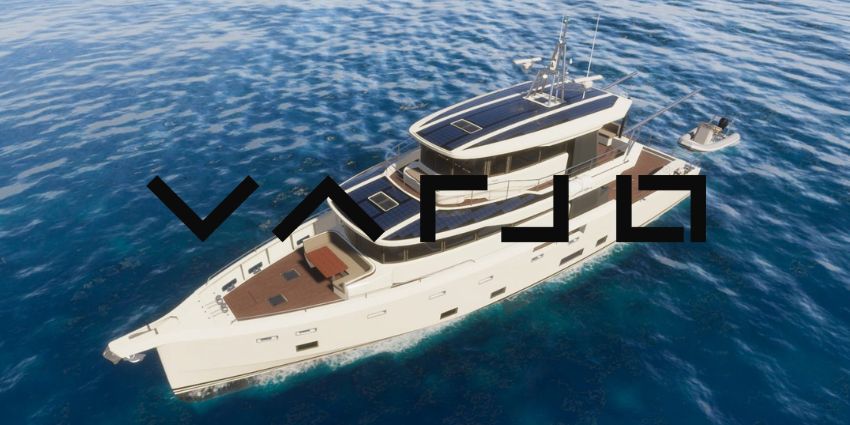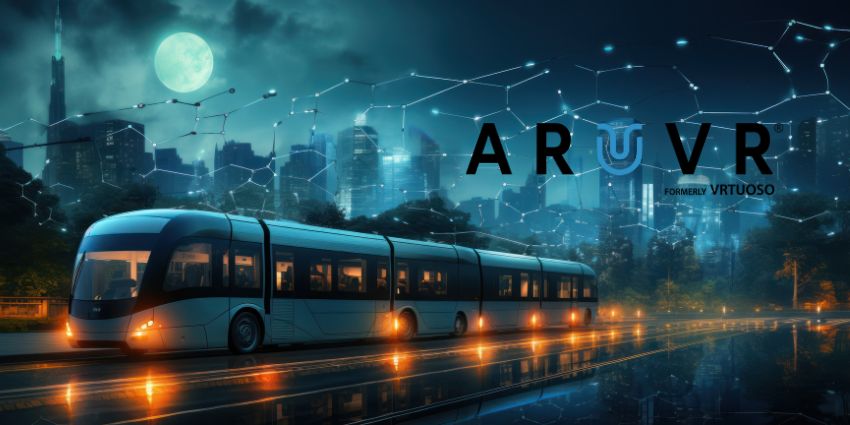Since the pandemic, people have become increasingly discerning about how they spend their time and money in the travel industry. Confidence in the landscape is shaken, and customers need to feel safe with the travel companies and solutions they choose. XR can help enhance the buyer journey, and give consumers more of the insights they need when making a purchase.
For instance, one of the most compelling ways to use XR in the current landscape, is to provide people with a behind-the-scenes tour of various hotels, locations, and vehicles. This is exactly what Arksen decided to do when it worked alongside Varjo and Unity to build a virtual reality experience.
Here’s what Arksen accomplished by building a VR tour of its incredible Explorer Yacht.
Insights Into Marine Adventures
An emerging British marine adventure company, specialising in the creation of aluminium explorer vessels, Arksen needed a way to capture the hearts and minds of potential travellers and explorers. To provide an insight into what people might expect when enjoying a cruise on one of their yachts, Arksen partnered with London-based agency canVERSE, to build a real-time, 3D, and configurable model of one of their yachts, the Arksen 85.
Powered by Unity Forma, the solution provides a unique exploration experience for those interested in the Arksen Explorer Line. The 85 is a highly efficient craft, built to facilitate luxurious and safe international adventurers. CanVERSE started the project with a series of CAD (Computer Aided Design) files of the ship, built by the Arksen team.
The company then set up a 5-step workflow, using Unity Forma and other Unity services to bring the experience to life. The resulting creation was a fantastic 3D model with interactive elements, and a real-time configuration system for the boat. This solution was built to support both the marketing and sales teams of Arksen, as well as the design team carrying out reviews.
Bringing the Project into VR
Once the 3D experience was built, Arksen and CanVERSE could clearly see the value in converting the existing application into something more immersive. To achieve this goal, they approached the software team at Varjo. Arksen and canVERSE provided Varjo with all of the files created for their existing browser-focused experience, to port the yacht into a VR application.
Software engineer for Varjo, Samuli Jääskeläinen, converted the existing UI elements from Unity Forma to a format ready to work with Varjo software. One particularly crucial change involved removing the realistic roll and pitch of the ship from the wave simulations within the platform. Although this might have provided a more immersive browser experience, exploring the ship in VR was definitely more comfortable without the motion.
The resulting demo was a fully-functional VR experience, means users can wear a Varjo headset, and explore the decks of a true-to-life, full-sized version of the Arksen 85 yacht. Small changes made to the configurator UI in the Unity Forma software also allows users to pull up a VR menu and make changes to the boat as they go.
This means users can change the color of the hold, the material in the upholstery, and other factors to make the experience more customized. Matching the adventurous theme of the Explorer line, the VR solution also allows users to choose their environment. This means you can check out the boat when it’s sitting next to an iceberg in the arctic sea, or cruising through an archipelago.
Experiencing the Varjo Aero Headset
One of the main solutions used to bring the Arksen experience to life was the powerful Varjo Aero, one of the more recent headsets introduced by Varjo in 2021. The technology provides a professional-grade experience, with edge-to-edge clarity delivered by incredible mini-LED displays. This phenomenal headset ensures users can experience even the smallest details of the yacht.
The Varjo Aero was created to deliver picture-perfect virtual reality experiences at a price point companies could afford for mass deployments. This makes it ideal for companies like Arksen. According to the Senior Industry Manager at Unity, David Varela, it was the perfect tool to show customers the finer details of their customised product.
With the Varjo technology, people planning on investing in their own travel experiences with an Arksen Yacht no longer have to rotate models around in their mind, or browse through pictures. Instead, they can put on a headset and be transported directly into a digital twin of the yacht itself.
The solution means customers can access a richer, true-to-life experience similar to actually visiting the yacht themselves and walking through the various rooms and spaces. The VR solution also gives customers a more significant insight into the space and capacity of the vessel. Clients can customize their surroundings, and ensure their purchase ends up being exactly what they imagine.
According to Samuli, the biggest difference between offering experiences in VR and using standard marketing and sales solutions is the sale. Only in a XR environment can you get a true sense for how large the yacht is, and what it can accomplish.
Looking into the Future
The Arksen project offers an excellent insight into how travel companies and transportation brands can take advantage of XR as a way of interacting with and empowering their customers. With tools like Unity Forma and the Varjo Aero becoming increasingly accessible to the masses, there’s no limit to what travel companies can create. The same technologies could easily be used by a tour company hoping to give customers an insight into what they’d expect when buying a ticket for a cruise.







